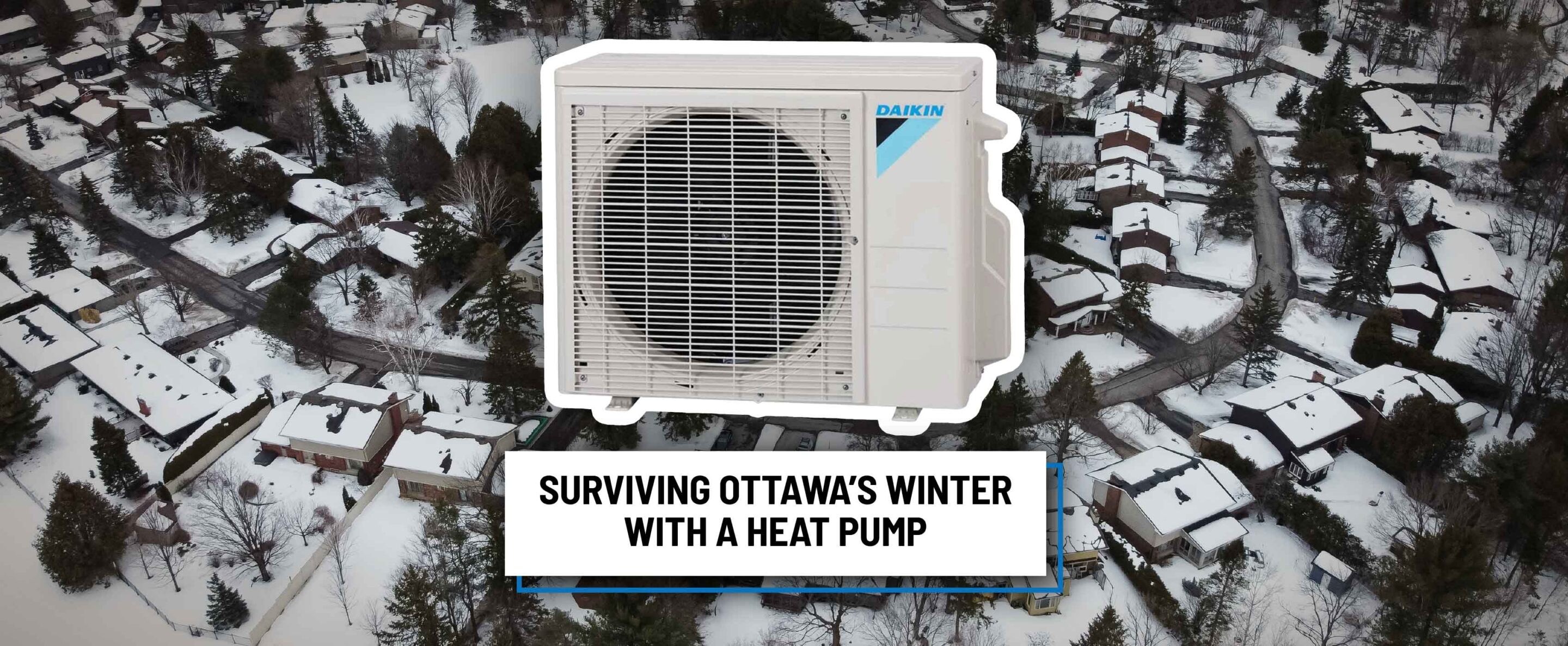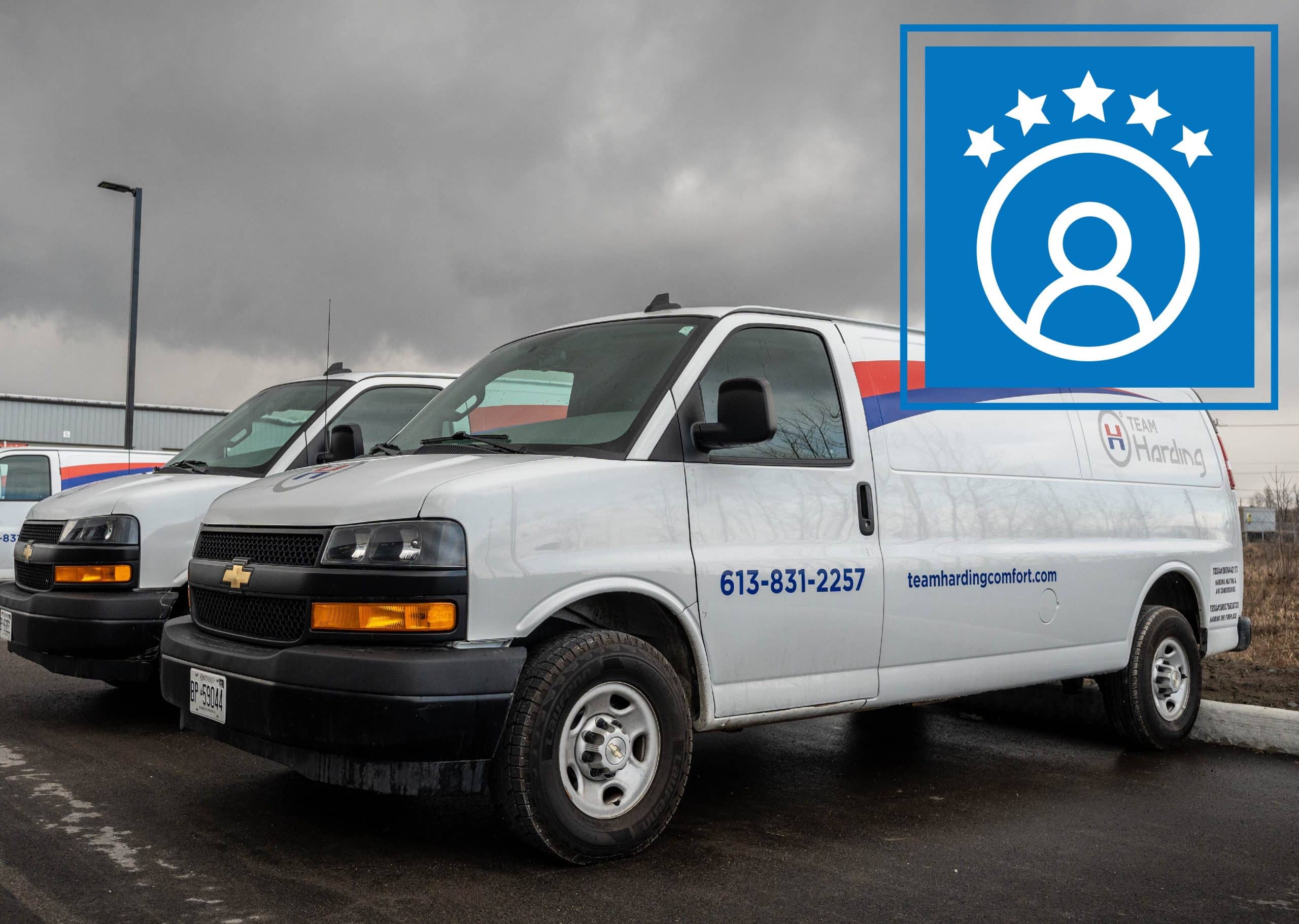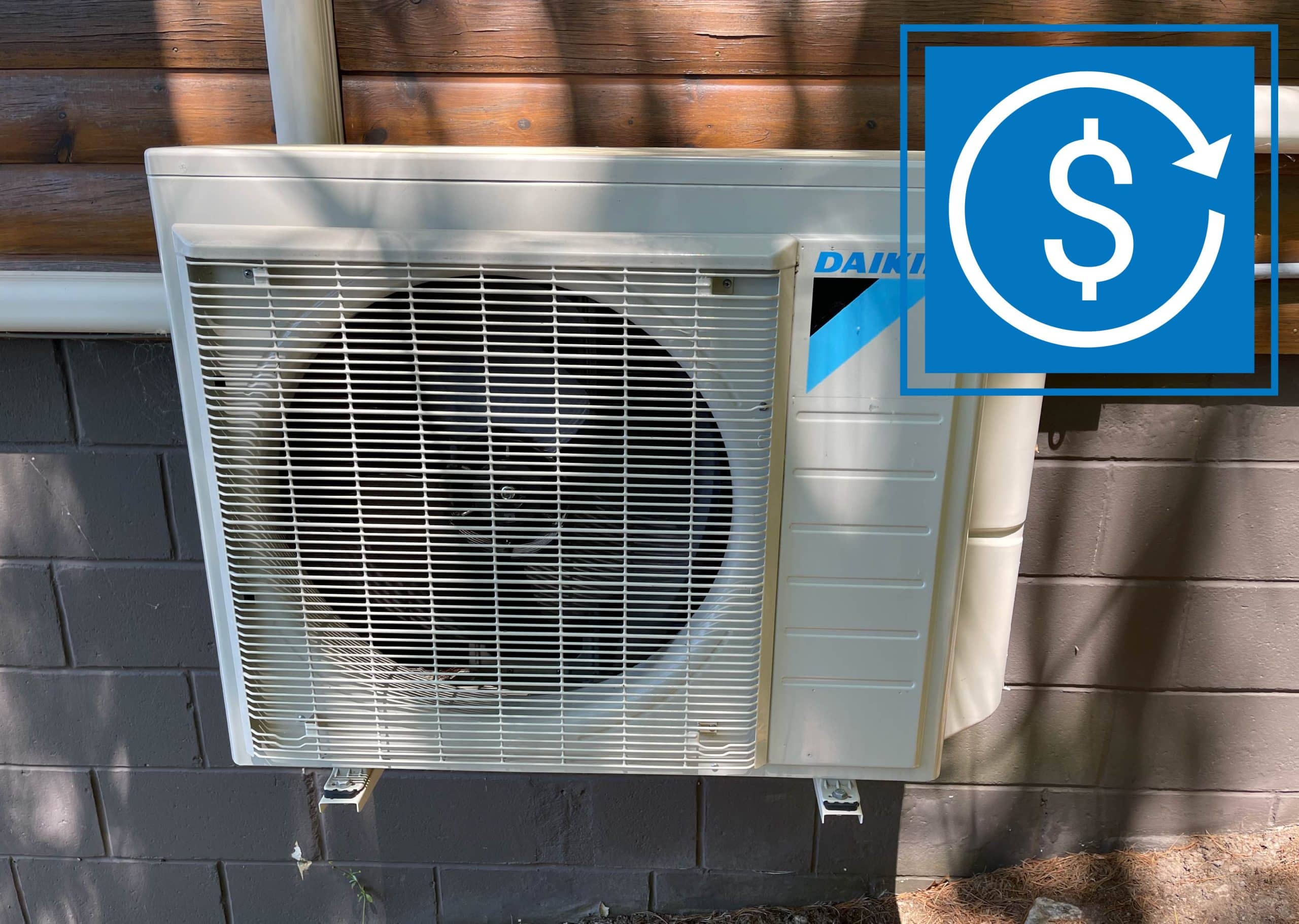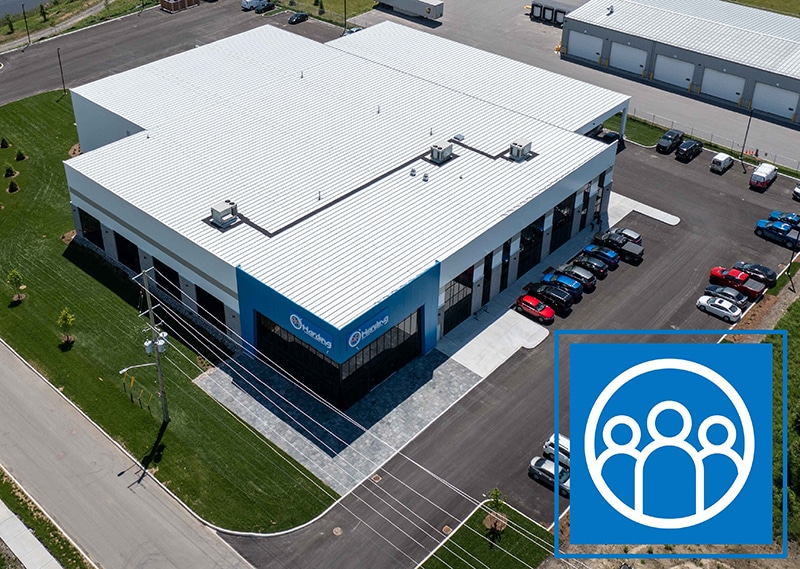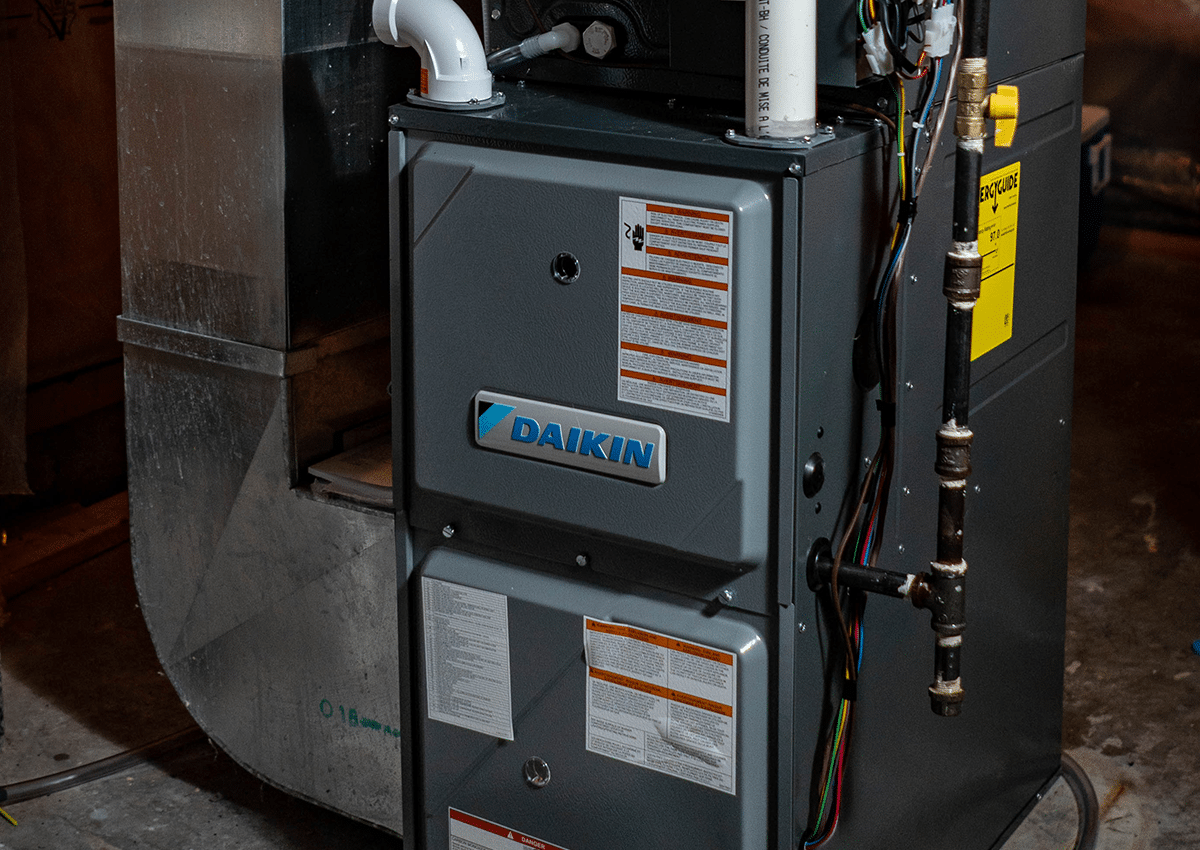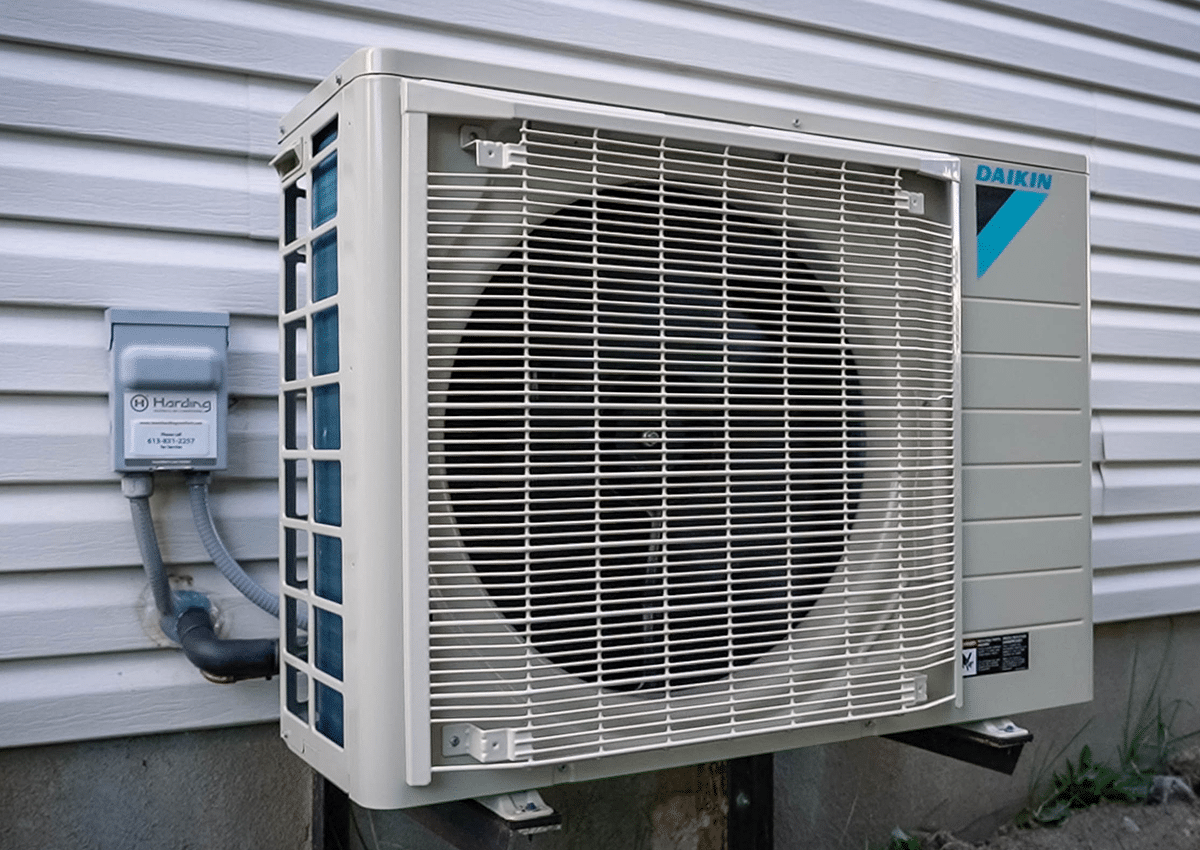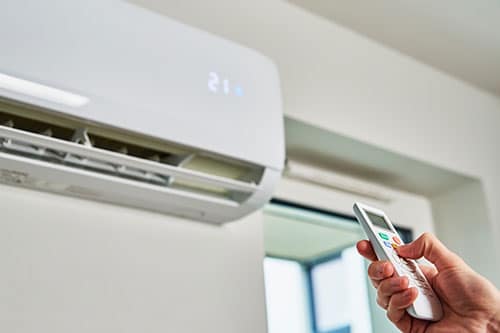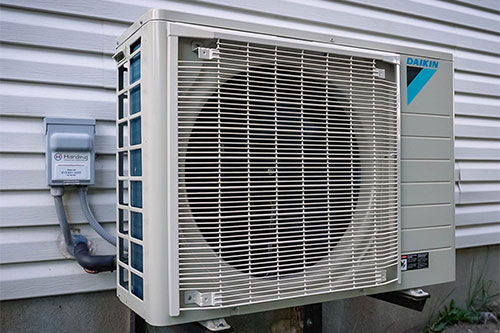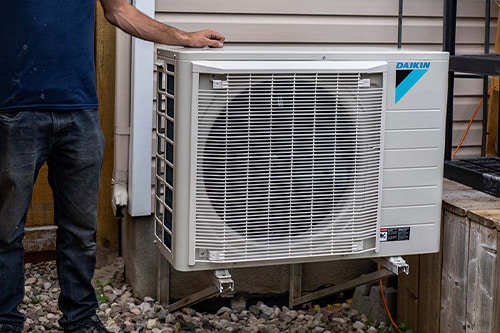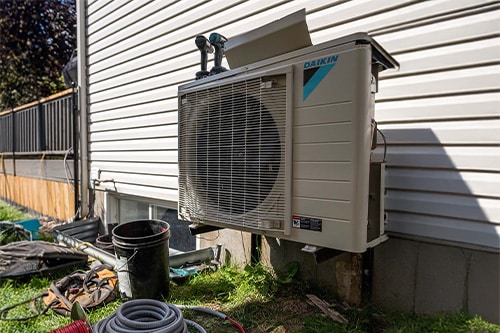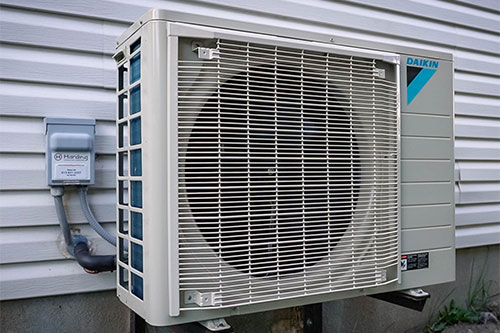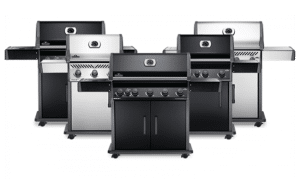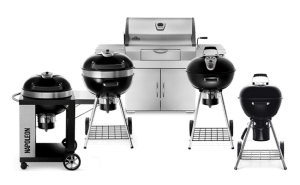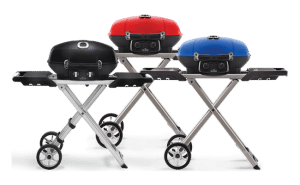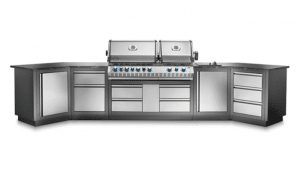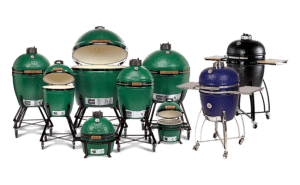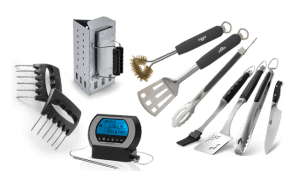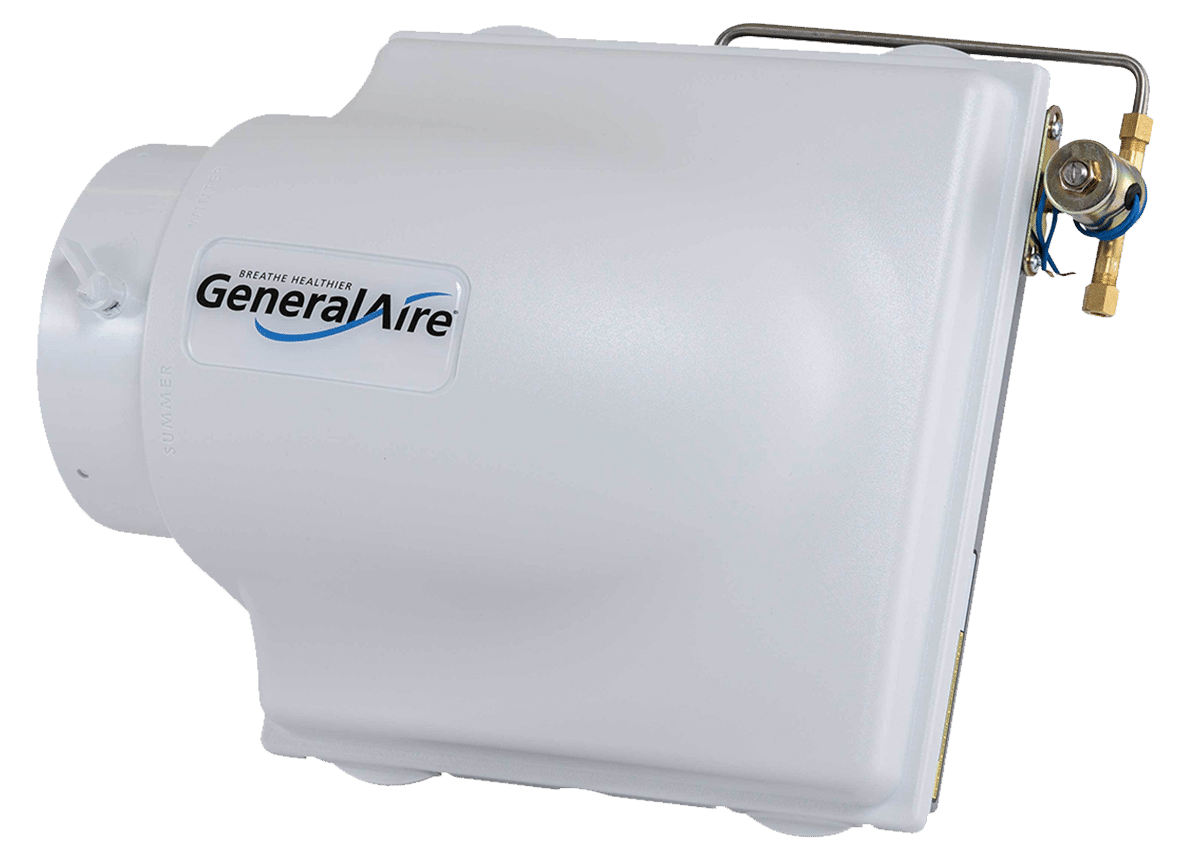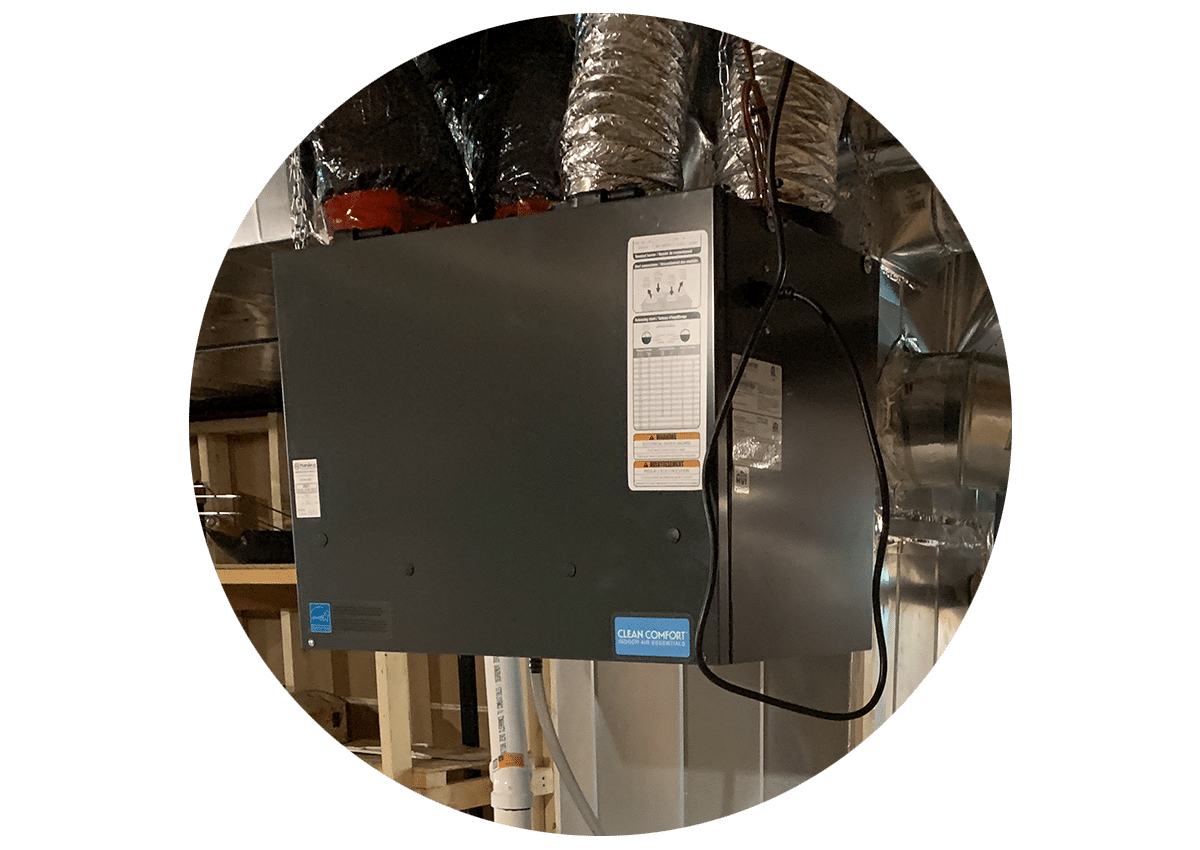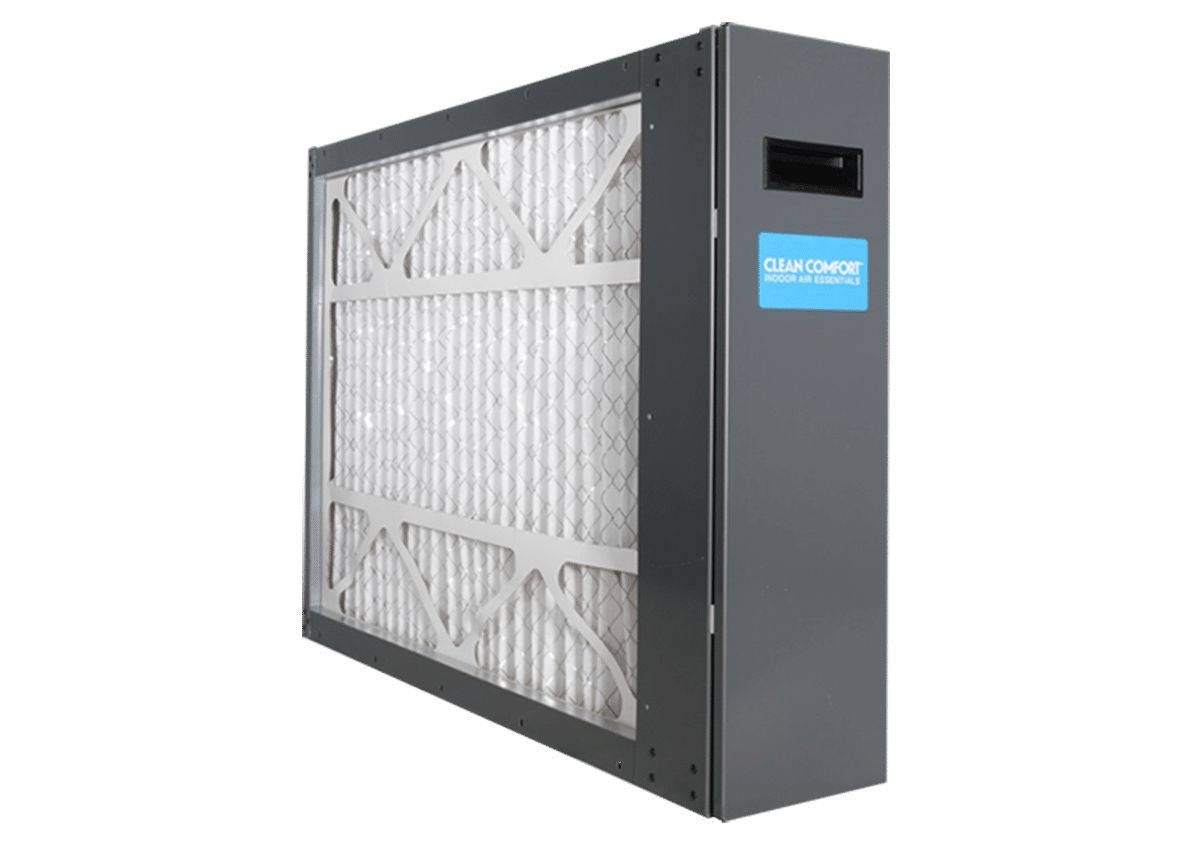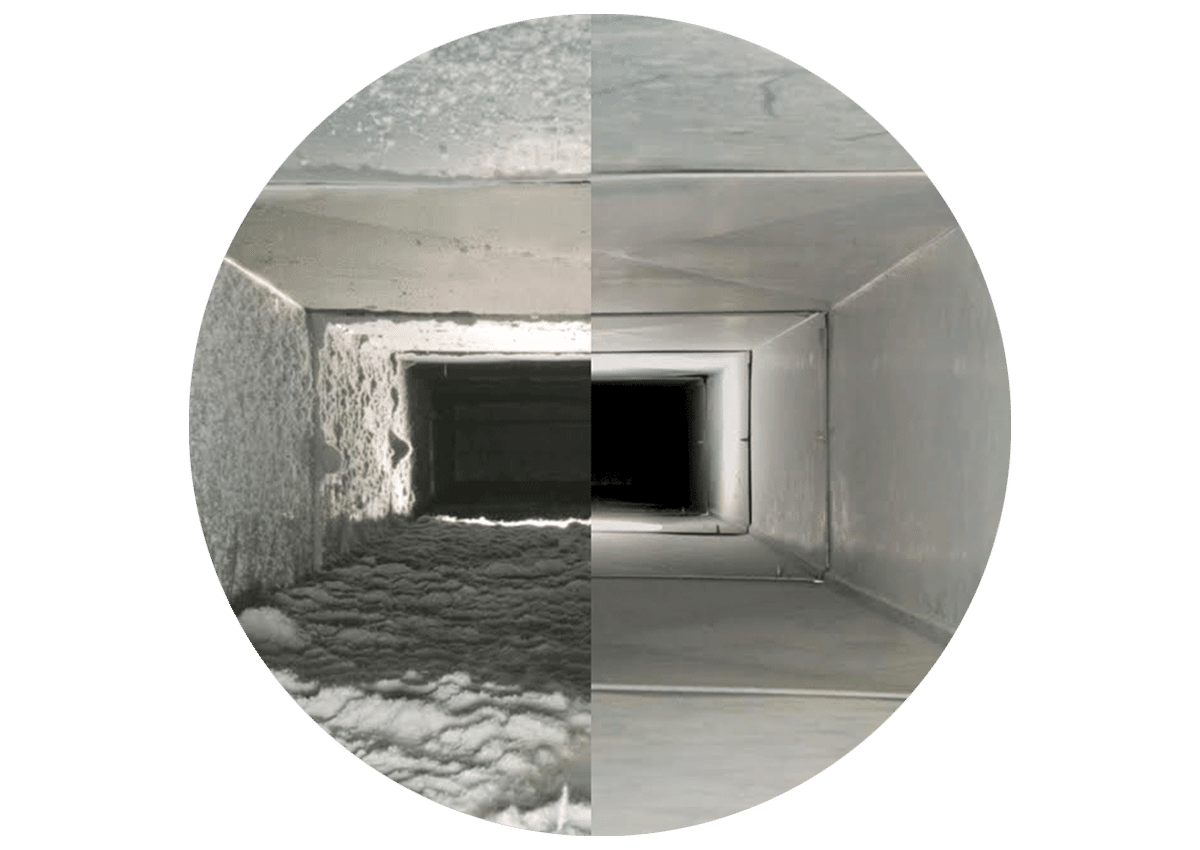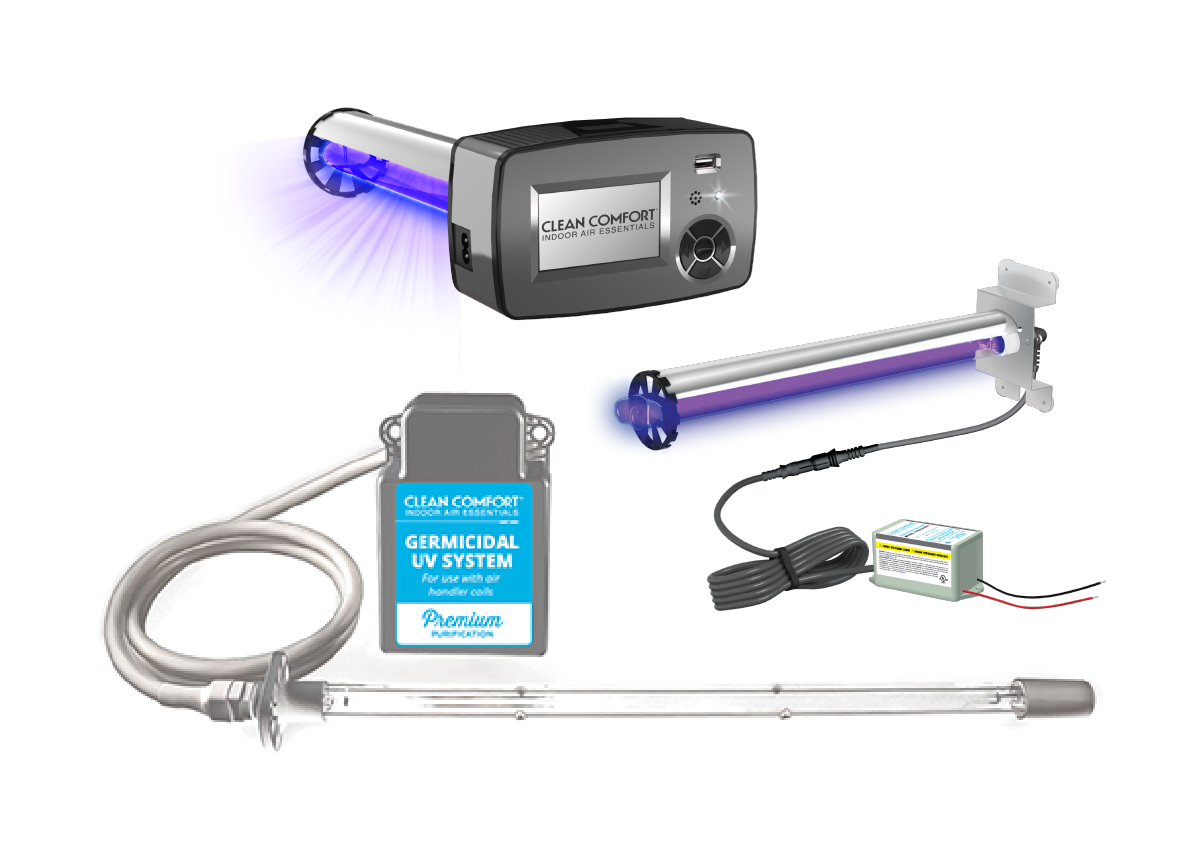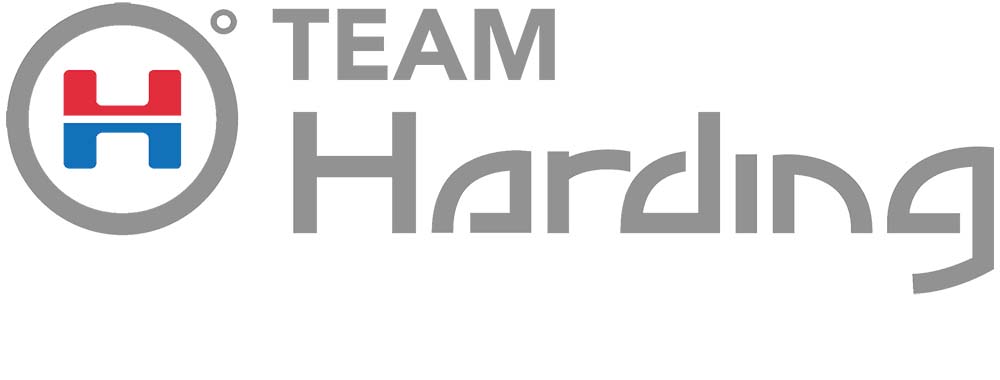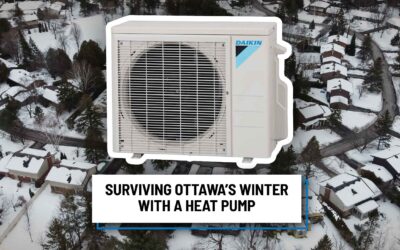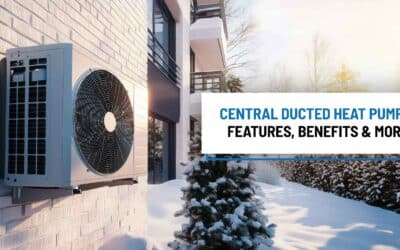There are two pipes that run from your furnace to the outside of your home. An intake pipe pulls air into the system for the combustion process and an exhaust pipe allows dangerous byproduct fumes to leave the home. To work efficiently and safely, the furnace intake and exhaust pipes always need to be free of obstructions—that’s why it’s important to check snow levels after a storm and ensure they’re not blocking the pipes.
Blocking the intake pipe can cause the furnace to shut off, preventing the heating system from keeping the home warm. If the exhaust pipe becomes blocked, a built-in safety mechanism will engage to turn off the system to help prevent toxic gasses from being trapped in your home.
Furnace intake and exhaust pipes should be installed above the snow line to prevent obstruction issues. However, if the pipes were improperly installed, or there was an above-average amount of snowfall (or blowing snow), the ventilation pipes could become blocked.
If you’re unsure where the furnace pipes are located, we recommend you take the time to identify where they are, how far up they are installed and to regularly check snow levels during a storm.
Keep everyone in your home safe this winter season by clearing snow from around the furnace intake and exhaust pipes during a storm.
Have questions about your heating system? Don’t hesitate to contact us
to schedule a service appointment or arrange for a free, no-obligation new furnace estimate.
Team Harding is the most trusted furnace provider for homeowners and new home construction builders for a reason. We’re fully committed to customer satisfaction, quality workmanship and fast, reliable service.
Follow us on Facebook, Twitter or Instagram
to see our current promotions.

